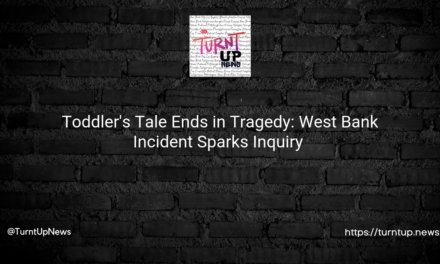💥Bullet Banter: The Explosive Rise of Firearm-Related Deaths🔫
TL;DR;
A case of “pandemic pandemonium,” folks! Firearm deaths surged big time in 2020, with a whopping 79% of all homicides and 53% of all suicides being gun-related. A record-breaking increase of 35% in firearm homicides marks the highest rate in over 25 years! 📈🔫 This grim trend deepens the divides along racial, ethnic, and socio-economic lines. What’s going on here, America? 🤔
In a world grappling with a health crisis, it appears another beast has reared its ugly head – a plague of bullets, friends! 2020 was an explosive year for firearm deaths, with guns featured in 79% of homicides and 53% of suicides. According to the CDC’s analysis, these stats represent a historic surge of 35% in firearm homicides, the highest rate in over two and a half decades. Sounds like a new pandemic of a different sort, right? 😷🔫
Firearm homicides have been particularly devastating among males, teens, young adults, and non-Hispanic Black and non-Hispanic American Indian and Alaska Native (AI/AN) individuals. Males being more victimized than females, and non-Hispanic Black individuals seeing a higher rise, paints a bleak picture. But wait, there’s more – firearm-related suicides have increased notably among non-Hispanic AI/AN males aged 10-44 years old. A sobering reminder that the affliction of mental health knows no boundaries. 😔💭
The socio-economic backdrop of this issue isn’t rosy either. Counties with higher poverty levels saw greater increases in firearm homicide rates. Non-metro and rural areas experienced the highest suicide rates, with the poorest being hit the hardest. 👀💸🏚
It’s time for some hard truths, peeps! Systemic inequities and structural racism contribute to these unfair and avoidable health disparities among some racial and ethnic groups. It seems the bullet doesn’t discriminate, but society sure does. 😠⚖️
While this may sound like a dystopian tale, we need to question: What’s really contributing to this surge in firearm violence, and what can be done about it? 👉🌎🔥
CDC officials argue that addressing factors leading to homicides and suicides and offering support to communities can help mitigate this rising tide of violence. But with more than a glimmer of a grimacing smile, they insist that “firearm deaths are preventable — not inevitable.” Well, that’s a relief, isn’t it? 😏🤔
But this begs the question: With such high stakes, why is comprehensive action to prevent firearm deaths still not a national priority? After all, shouldn’t the focus be on underlying conditions that can reduce disparities and the risk for violence while bolstering protective factors at the individual, family, and community levels? 🤨💡
Whether it’s working with policymakers, local governments, health and social service agencies, or community organizations, it’s clear that we need to ensure local needs are met and firearm violence is addressed head-on. But are we doing enough, soon enough? ⏳🚀
And let’s not forget: “Resources like CDC’s violence prevention technical packages and surveillance systems can give leaders tools to lay the foundation for healthier and safer communities.” But will these tools gather dust or be wielded to make real change? 🛠️🏛️
To echo the CDC’s sentiments, let’s remember that “everyone has a role to play in prevention.” Yes,





